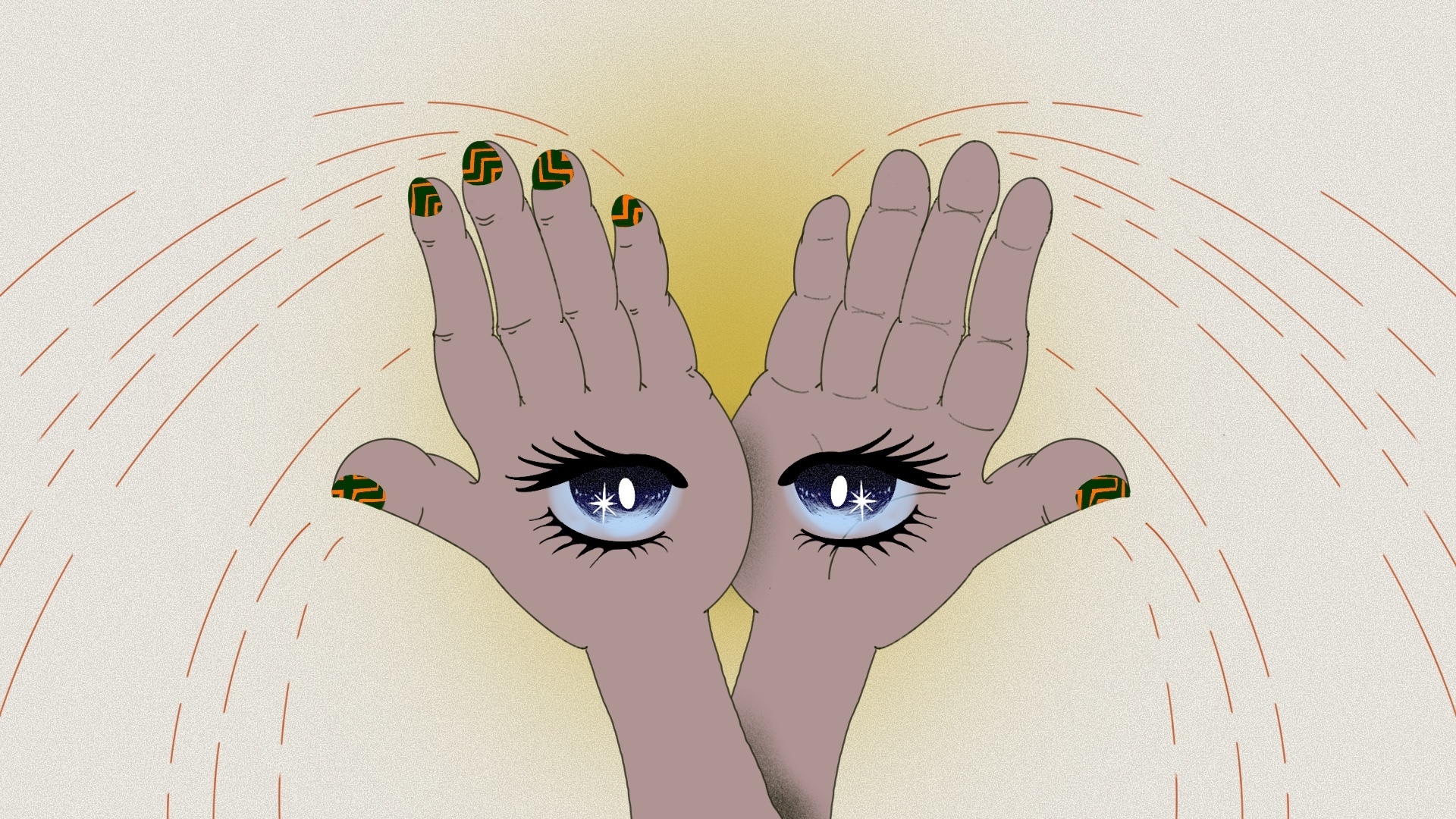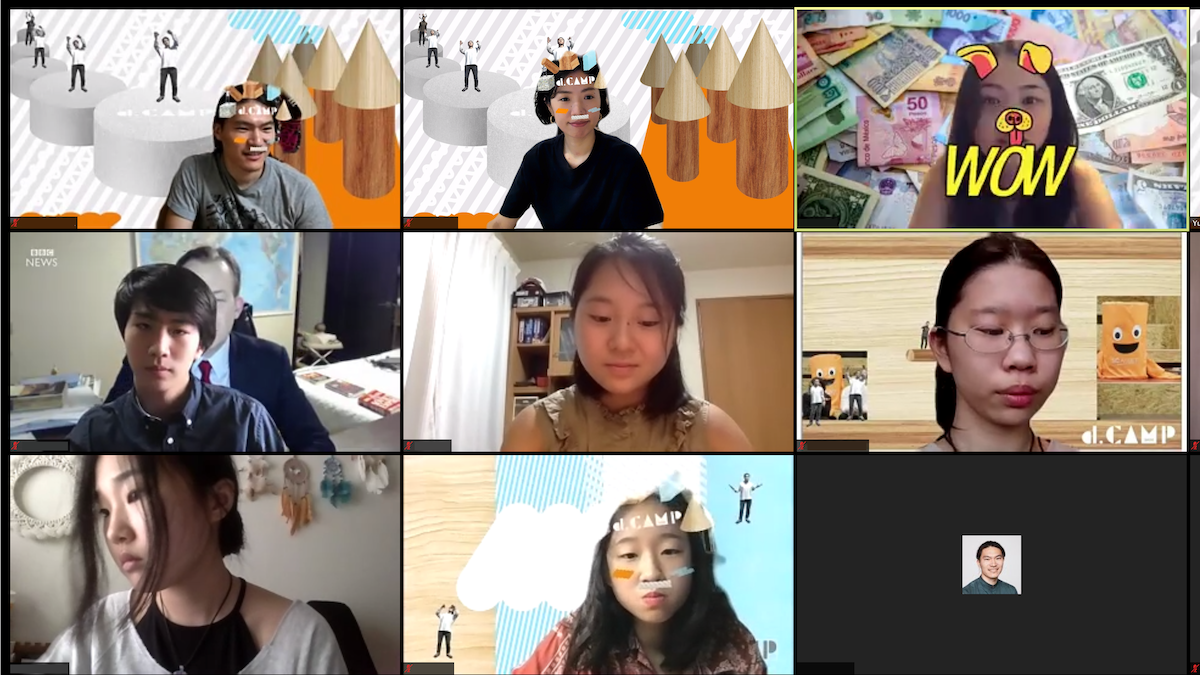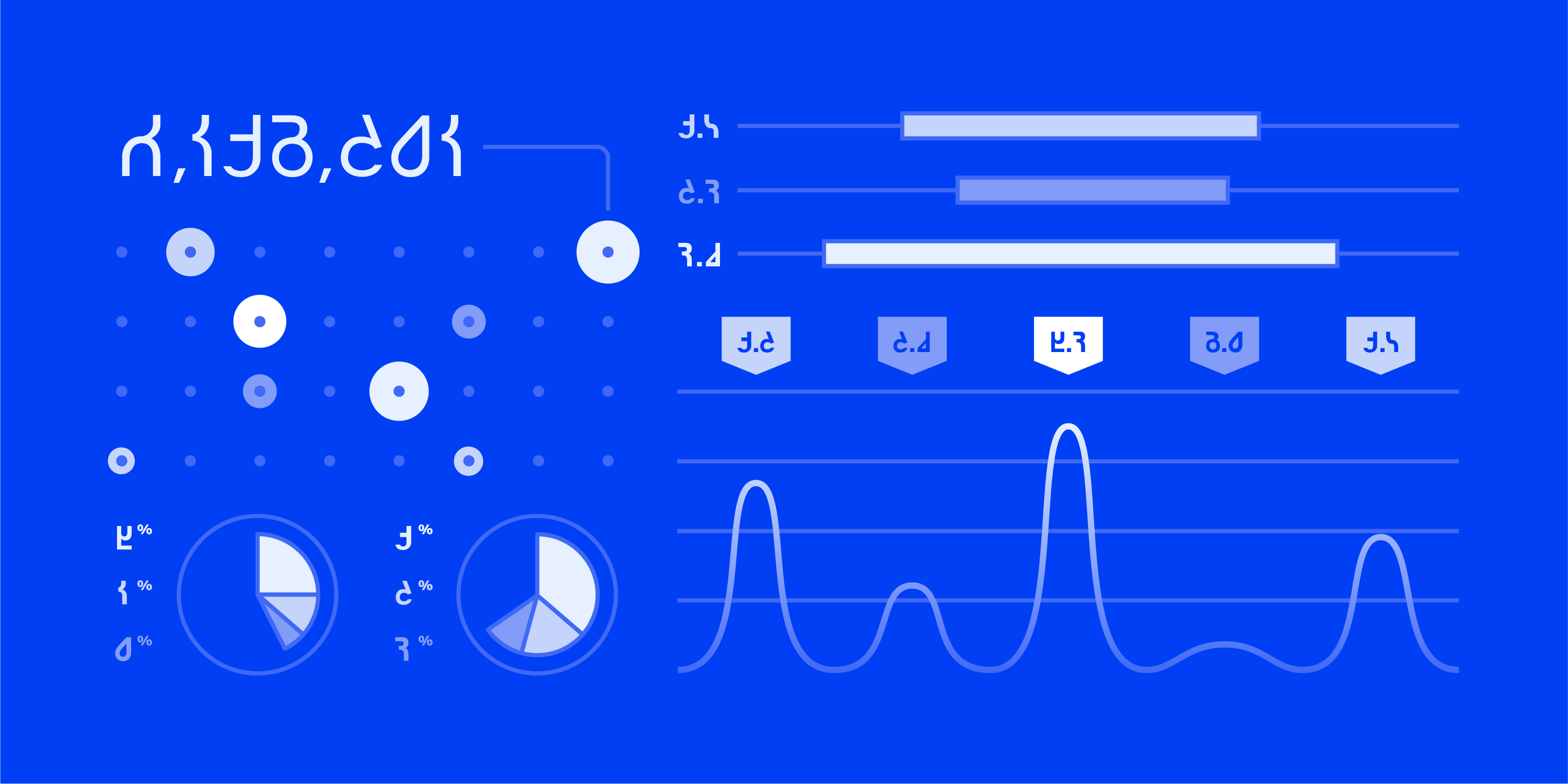How to get free and feel inspired when workshops are remote

Workshops are everywhere, from training programs at big corporations to urban planning sessions at local town halls. Given how formulaic many workshops have become, you’d be forgiven for thinking they’re all about colorful Post-its and saying “yes, and...”
While those can be useful tools, the true beauty and power of workshops is in being pushed out of your comfort zone: a group of adults struggling to share opinions openly, dive into group activities, and ultimately enjoy the mindset change that comes through participation.
Since the pandemic began, we’ve been forced to bring workshops online—and fundamentally rethink the way we conduct them. Hosting online workshops is not about bringing what we used to do in the physical space to the online world: it’s something new, and we should create completely new tools to adapt to the online world.
Over the past several months I’ve started to prototype new tools for remote workshops. They’re still experiments rather than tools, but that’s okay: designing workshop tools is the same as designing anything else—it’s about prototyping quickly, and iterating for improvement over and over again. Here are four insights we’ve gained in the process.
1. Let the unexpected overflow from the screen
Creating an atmosphere that is strange, weird, and slightly unusual is key to achieving impact through workshops: it gets people out of their comfort zones and opens their minds to new ways of doing business. In the digital realm, most participants will be calling in from home (i.e., their #1 comfort zone), and you need to intentionally haul them out of their day-to-day.
Virtual backgrounds are an easy win: they can create visual interest and curiosity while also functioning as a tool for individual expression. One great ice breaker is to start by asking participants to create their own virtual backgrounds in teams, using Google Slides.
Throwing in a custom-made Snap Camera filter is also a great idea, because it offers participants a chance to hide a part of their face if they feel uncomfortable with experimentation. Instead, they can addd something new like donkey heads or puppy ears. As a facilitator, these tools allow you to get in on the fun with participants. It allows the group to feel that you are on the same team as you explore new territory together, rather than a facilitator insisting they do something uncomfortable.

2. Pick up non-verbal cues from participants
In a physical workshop, one of the key roles of the facilitator is to “read the room.” This is one of the hardest things to do online—all you can see is a participant’s torso with facial expressions, which may not be truly reflecting their emotions. Another way of looking at this, though, is that the online environment can create psychological safety, allowing for more open and honest communication.
To capitalize on this, I created a tool called the Mood Checker, which allows participants to rate their mood on a scale of 1-5, anonymously and in real time. Their responses are constantly aggregated on the facilitator view, allowing the facilitator to always keep track of how the participants are feeling. Initially I wanted the participants to use the slider throughout the day at any time, but after a few trials, we quickly learned that we should designate a few moments in the workshop where we ask the participants to reflect their thoughts on the Mood Checker.
A tool like Mood Checkers lets the facilitator read the digital room. Think about other ways you can utilize the anonymity of the online space to get honest, real-time feedback from your participants and to make your workshop the best it can be.
3. Incorporate physicality
One of the things that I watch out for most during online workshops is making time for everyone to move their bodies. Getting up and moving away from the computer makes everyone feel much more connected and has a positive effect on their wellbeing. Since I tend to do a design-themed workshop, it also helps us remember that good design can not be achieved without the notion of physicality.
An easy way to achieve this is to have the participants go for a walk, either by themselves or by staying in the call through their phones. We can leverage the fact that they are dialing in from different locations: with the phone’s camera, we can have the participants hunt for creative inspiration in their neighborhood. For example: “Take 3 pictures of new behaviors you see in the neighborhood,” or “Find and share your favorite typography that you can see from where you are.”
I also created a Remote High Five system, which, as you may have guessed, tracks the participants’ hand positions through the computer’s camera and plays clap sounds when your onscreen hand “high fives” someone else’s. While this was initially made as a fun experiment, it became an end-of-workshop ritual thanks to its physicality and joyfulness. It quickly became one of the iconic moments of the workshop.
4. There are always ways to realize ideas. Just start small.
Some of these examples may seem too wild or unfeasible depending on your technical know-how. But the important point here is to start small, prototyping ideas quickly and with the least risk. It doesn't have to be perfect on the first go; in fact, it will never be perfect on the first go. Just remember that there are always ways to make an idea happen: give it a shot, and iterate with small tests to improve your idea. It’s actually much easier to try out new ideas online because there’s really nothing to shy away from when, at the end of the day, all you’re facing is a computer screen.
Ultimately, the goal of a good workshop is to get participants to step out of their comfort zones and adopt a new mindset. It’s a shame that many people underestimate the creative potential of workshops and often opt for a generic format: when you tackle a workshop just like you would tackle any other design challenge, the outcomes can be quite transformative and magical.
Words and art


Subscribe

.svg)









